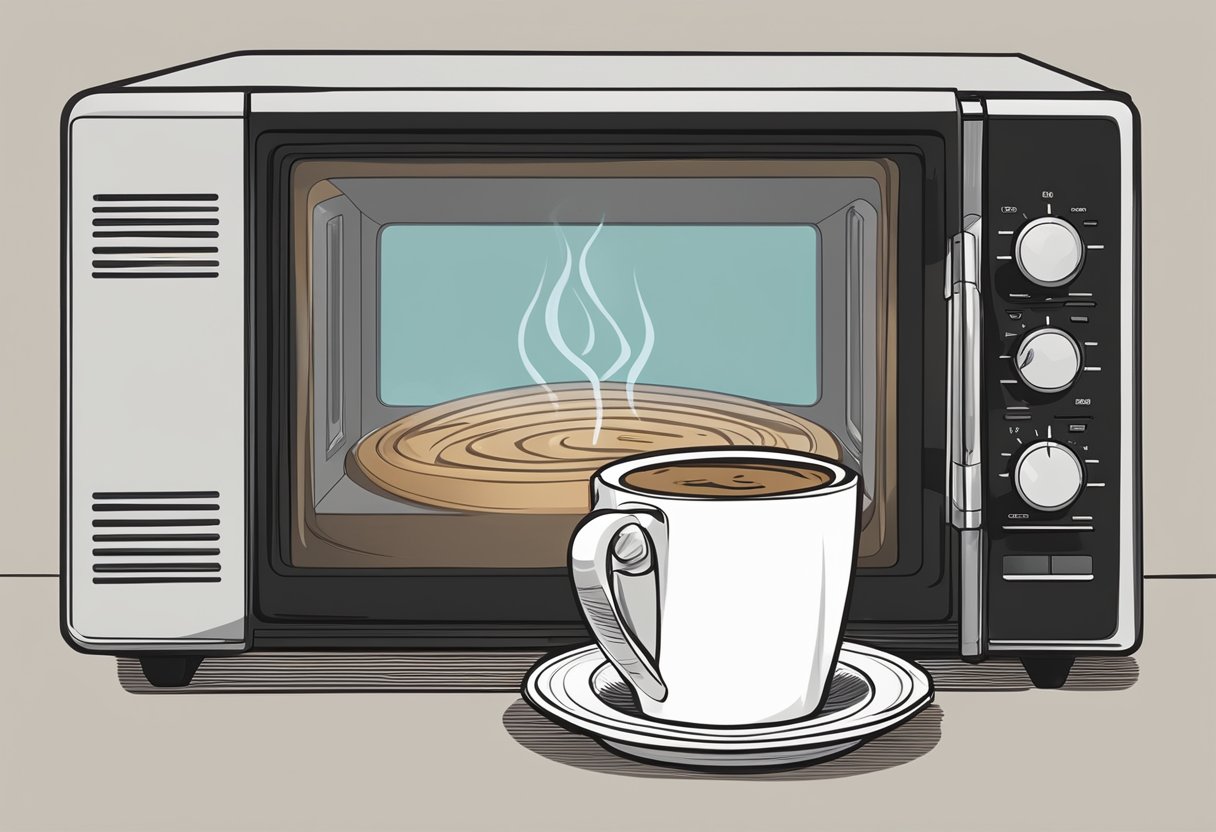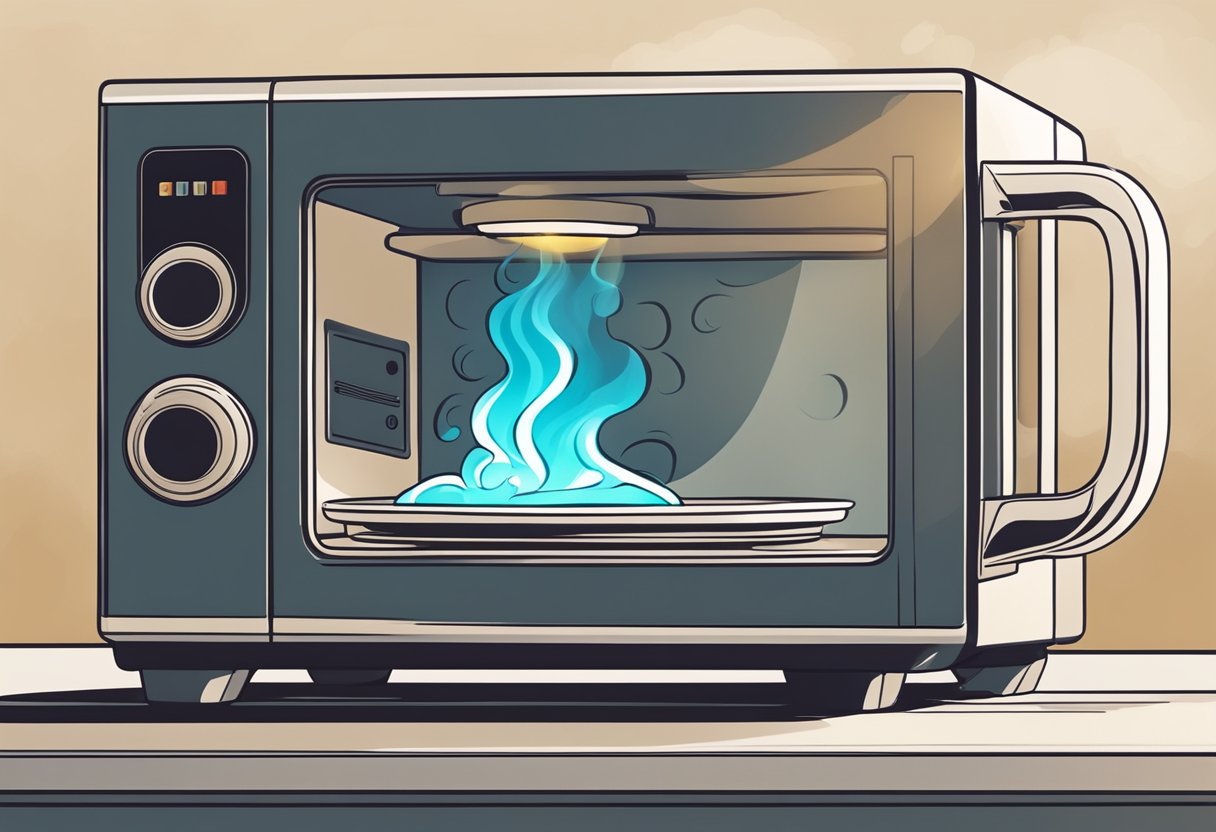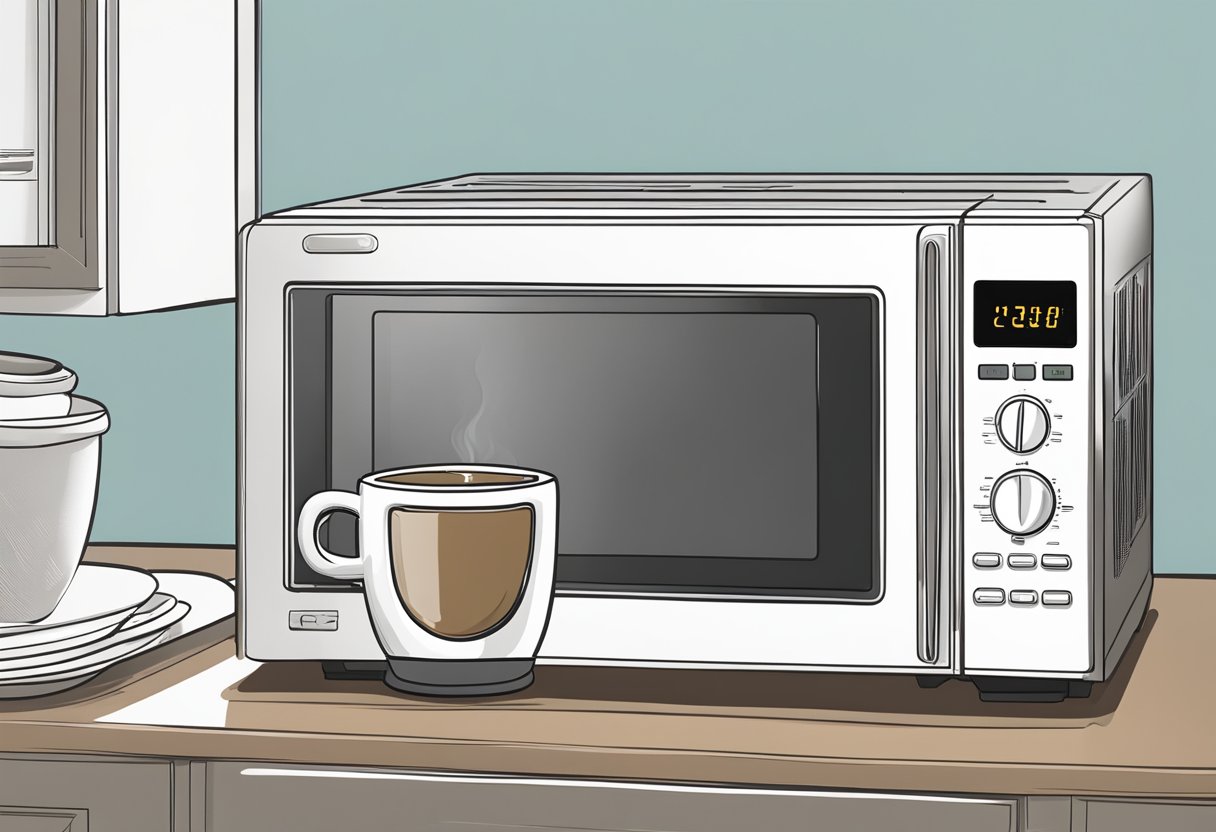1-800-982-4730
1-800-982-4730
Reheating coffee is a common practice for those who enjoy a warm cup of coffee throughout the day. However, many people wonder if reheating coffee is safe and whether it affects the taste and quality of the beverage. The answer to whether reheating coffee is bad depends on several factors, such as the method of reheating and how long the coffee has been sitting out.

According to experts, it is generally safe to reheat coffee as long as it has not been sitting out for too long. The general rule of thumb is that coffee can sit for up to four hours before the oils begin to go bad. Reheating coffee that has been sitting out for too long can lead to the growth of bacteria, which can cause illness. It is essential to store coffee properly and reheat it promptly to avoid any health risks.
When it comes to the taste and quality of reheated coffee, opinions are divided. Some people find that reheated coffee tastes bitter and stale, while others do not notice a significant difference. The taste of reheated coffee can depend on several factors, such as the type of coffee, the method of reheating, and personal preference. It is best to experiment with different methods of reheating to find what works best for you.

Coffee is a popular beverage that is enjoyed by many people worldwide. It is made from coffee beans that are roasted to bring out their unique flavor and aroma. The roasting process involves heating the beans to high temperatures, which causes them to expand and release oils. The longer the beans are roasted, the darker they become, and the more robust their flavor.
Coffee has a unique flavor profile that is influenced by several factors, including acidity, bitterness, and sweetness. The acidity of coffee refers to its tanginess or sourness, while bitterness refers to its sharp taste. Sweetness, on the other hand, refers to the coffee's natural sweetness.
The temperature of coffee plays a crucial role in its taste and aroma. The ideal temperature for brewing coffee is between 195°F and 205°F (90°C to 96°C). If the water temperature is too low, the coffee will be under-extracted, resulting in a weak and sour taste. If the water temperature is too high, the coffee will be over-extracted, resulting in a bitter taste.
Christopher Hendon, a computational materials chemist at the University of Oregon, has conducted research on the ideal temperature for coffee. According to Dr. Hendon, coffee should be brewed at a temperature of 200°F (93°C) to achieve the ideal balance of flavor and aroma.
In summary, coffee is a complex beverage that is influenced by several factors, including the roasting process, acidity, bitterness, sweetness, and temperature. To achieve the perfect cup of coffee, it is essential to understand these factors and how they affect the final product.

When it comes to reheating coffee, the effects on taste and aroma can be a mixed bag. Some people find that reheated coffee has a bitter taste that is unpleasant, while others don't mind the taste at all. In general, the taste profile of reheated coffee can change due to the breakdown of certain acids in the coffee, such as quinic acid and caffeic acid. This can result in a less desirable flavor.
Another factor that can affect the taste of reheated coffee is the method used to reheat it. For example, reheating coffee in a microwave can result in uneven heating, which can lead to a bad taste. However, reheating coffee in a heat-safe container with a lid can help to maintain the taste and aroma of the coffee.
There are several methods of reheating coffee, each with its own pros and cons. One of the most common methods is to simply microwave the coffee. This is quick and easy, but it can result in uneven heating and a bad taste. Another option is to reheat the coffee on the stove, which can help to maintain the taste and aroma of the coffee.
If you want to avoid the bad taste that can come with reheating coffee, there are a few things you can do. First, try to only make as much coffee as you will drink in one sitting. This will help to avoid the need for reheating altogether. If you do need to reheat your coffee, consider using a heat-safe container with a lid to help maintain the taste and aroma of the coffee.

If reheating coffee is not an option, there are several alternatives to consider. These include keeping coffee hot in an insulated thermos, enjoying iced coffee or cold brew, or brewing a fresh cup using a French press or Aeropress.
One alternative to reheating coffee is to keep it hot in an insulated thermos. An insulated thermos can keep coffee hot for several hours without the need for reheating. It is important to use a clean container to avoid any contamination or flavor transfer.
Another alternative to reheating coffee is to enjoy iced coffee or cold brew. Iced coffee is made by pouring hot coffee over ice, while cold brew is made by steeping coffee grounds in cold water for several hours. Both options can provide a refreshing and flavorful alternative to reheated coffee.
Finally, brewing a fresh cup of coffee using a French press or Aeropress can provide a flavorful alternative to reheated coffee. French press coffee is brewed by steeping coffee grounds in hot water for several minutes, while Aeropress coffee is brewed by pressing hot water through a coffee-filled chamber. Both methods can provide a fresh and flavorful cup of coffee without the need for reheating.
In conclusion, there are several alternatives to reheating coffee that can provide a flavorful and refreshing option. Whether it is keeping coffee hot in an insulated thermos, enjoying iced coffee or cold brew, or brewing a fresh cup using a French press or Aeropress, there are options available for those who prefer not to reheat their coffee.